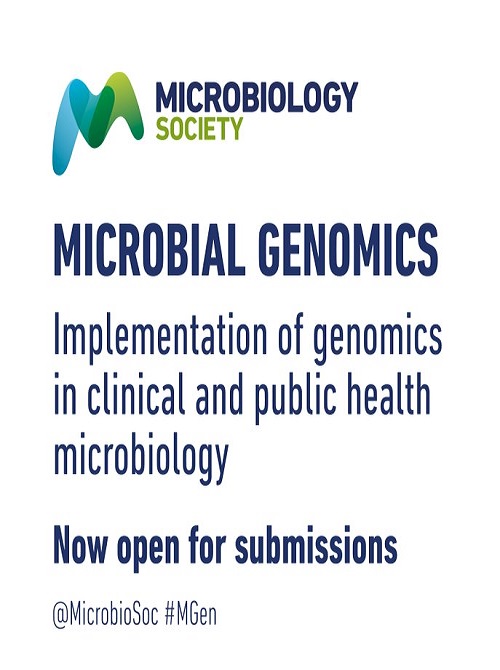摘要
目前缺乏非洲大陆艰难梭菌的基因组数据,导致该地区在艰难梭菌感染(CDI)流行病学的全球分析中代表性不足。在尼日利亚,我们首次利用全基因组测序和系统发育工具比较了同一地区(尼日利亚中北部的马库尔迪)的艰难梭菌分离株,这些分离株分别来自腹泻的人类患者(142 株)、家畜(38 株)、家禽粪便(5 株)和狗(9 株),并将它们与全球艰难梭菌群体联系起来。此外,还对所选分离株进行了抗菌药敏感性测试(样本数=33)和 PCR 核糖分型鉴定(样本数=53)。核心基因组多焦点序列分型(cgMLST)等位基因图谱的分级聚类显示了 HC150 级(即具有最大 150 对等位基因差异的相关基因组聚类)的巨大多样性,而此前的研究表明这与 PCR 核糖体分型(RT)相关。虽然检测到了几个全球传播的菌株,包括 HC150_1(与 RT078 相关)、HC150_3(RT001)和 HC150_3622(RT014),但 42 个 HC150 簇(79%)代表了公共基因组记录中新出现的独特基因型,其中 16 个(30%)是新型 PCR 核型。相当大比例的艰难梭菌分离株显示出对氟喹诺酮类、大环内酯类和利奈唑胺的耐药性,这可能反映了该地区人类和动物的抗生素消费模式。值得注意的是,我们的系统发生组比较分析表明,人与人之间、人与牲畜之间以及农场与农场之间共享近乎相同的艰难梭菌基因组(核心基因组等位基因差异≤2),这表明多种菌株在人类和动物(猪、家禽、牛和狗)宿主群体中持续传播。我们的研究结果突显了畜牧业生产与人类艰难梭菌感染流行病学之间的相互联系,并说明该地区的临床医生需要提高对艰难梭菌感染的认识。很大一部分艰难梭菌菌株似乎是该地区独有的,这既反映了艰难梭菌群体中存在着显著的地理格局,也反映了非洲普遍需要更多的病原体测序数据。Genomic data on Clostridioides difficile from the African continent are currently lacking, resulting in the region being under-represented in global analyses of C. difficile infection (CDI) epidemiology. For the first time in Nigeria, we utilized whole-genome sequencing and phylogenetic tools to compare C. difficile isolates from diarrhoeic human patients (n=142), livestock (n=38), poultry manure (n=5) and dogs (n=9) in the same geographic area (Makurdi, north-central Nigeria) and relate them to the global C. difficile population. In addition, selected isolates were tested for antimicrobial susceptibility (n=33) and characterized by PCR ribotyping (n=53). Hierarchical clustering of core-genome multilocus sequence typing (cgMLST) allelic profiles revealed large diversity at the level HC150 (i.e. clusters of related genomes with maximally 150 pairwise allelic differences), which was previously shown to correlate with PCR ribotypes (RT). While several globally disseminated strains were detected, including HC150_1 (associated with RT078), HC150_3 (RT001) and HC150_3622 (RT014), 42 HC150 clusters (79%) represented unique genotypes that were new to the public genomic record, and 16 (30%) of these were novel PCR ribotypes. Considerable proportions of the C. difficile isolates displayed resistance to fluoroquinolones, macrolides and linezolid, potentially reflecting human and animal antibiotic consumption patterns in the region. Notably, our comparative phylogenomic analyses revealed human-human, human-livestock and farm-farm sharing of near-identical C. difficile genomes (≤2 core-genome allelic differences), suggesting the continued spread of multiple strains across human and animal (pig, poultry, cattle and dog) host populations. Our findings highlight the interconnectivity between livestock production and the epidemiology of human CDI and inform the need for increased CDI awareness among clinicians in this region. A large proportion of C. difficile strains appeared to be unique to the region, reflecting both the significant geographic patterning present in the C. difficile population and a general need for additional pathogen sequencing data from Africa.

 求助内容:
求助内容: 应助结果提醒方式:
应助结果提醒方式:


